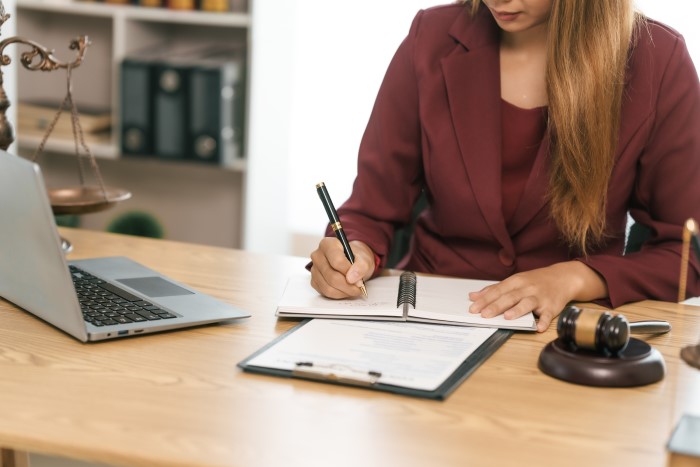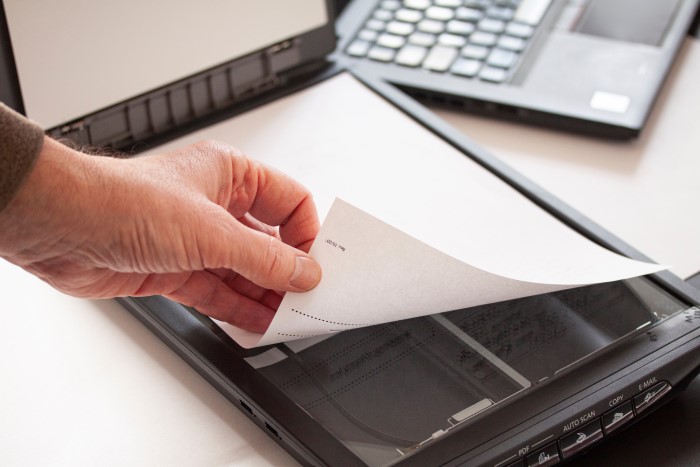A Settlement Video, sometimes called a “day in the life” video, is a movie or documentary made to forcea settlement in civil litigation. In most cases, they are utilized for personal injury, malpractice, contract liability, product liability, or group action lawsuits. Day in the life videos are incredibly effective at conveying the full impact of an injury and must show the victim’s disfigurement, recuperation period, emotional loss, financial ruin, and other pertinent evidence in a multi-media format.
The plaintiff’s attorney’s objective is to show that his client suffered substantial damages and that the defendant did not have any negligence in providing the disputed service or product. In order to make the settlement video, a victim must suffer enough to require post-operative reconstructive surgery, which will be captured by the digital camera used in the litigation.
Settlement video in litigation
The use of a settlement video in litigation is not new. However, it has only been increasingly utilized over the past decade. According to an article published by the Law Journal of Southern California, attorneys are now using videos to make court filings and give examples of how the process should proceed, rather than making personal injury victims and their family members testify in court. Another article reported that settlement videos “are now the most common courtroom exhibit.”
Why are settlement videos so compelling?
Simply put, they provide a complete picture of the events surrounding a case, especially compared with the relatively limited visual record of oral depositions, witness testimony, etc. They also allow the jury or judge to place an actual human touch on the witnesses’ testimony. While the jury is still able to make its judgment about liability, it is likely to view the witnesses’ testimony as more believable if they are seen on film. Moreover, it allows the injured party to point out flaws in the opposing attorney’s argument that could not be addressed without further litigation.
As a result of improvements in technology, settlement video quality is getting better every year. There are now plenty of high-quality cameras that produce legitimate photographs and videos that can easily transition from one part of the trial to the next. Furthermore, the injury victim now rarely needs a legal specialist to prepare an injury claim video. These days, many software programs can do all the heavy lifting necessary to create a convincing documentary trail of evidence.
Most people associate video evidence with high-priced, high-tech litigation experts using cutting edge equipment. Unfortunately, most settlement video documentaries are produced by ordinary individuals who do not have the latest equipment. But keep in mind, it is not about the best video production; it is about who tells the best story. Fortunately, anyone can create their settlement video by using readily available software. Most of the programs required to have several key pieces of equipment that are easy to obtain. Anyone can make a good day in the life video by using a simple camera and recorder.
Cost of producing settlement video productions
The cost of producing settlement video productions has decreased dramatically over the years. In fact, some of the most sophisticated litigation video productions can be produced for as little as a few hundred dollars. Since the production of settlement videos is often part of a lawsuit funding campaign, it is essential to find an attorney with video production experience.
Hiring an experienced litigation videographer can help the plaintiff produce an effective settlement presentation, increase the likelihood that the footage will be admissible in court, and expedite the settlement proceedings. The videographer must understand litigation law’s technical requirements and create a comprehensive presentation that educates both the plaintiff and their opposing parties.
Videotape surveillance
Videotape surveillance is often used as the primary evidence against the opposing parties. In such cases, expert witnesses who testify about the subject’s guilt or innocence are often called on to provide on-camera interviews. Such witnesses need to carefully assess which shots are more supportive of their opinions as well as the strength of their case. To do so, they must possess an understanding of what constitutes documentary evidence and how to use it to strengthen their claims.
Another crucial aspect of an effective settlement video production is the lighting of the courtroom. In a low-lit courtroom, the colors of the walls and floor can often be deceiving. (Even the white of a tablet computer screen can become fatigued after several hours of viewing.) An experienced videographer knows how to control the courtroom’s lightingto display each witness’s facial expression and body language. This skill also allows the attorney to make his or her point using one picture alone without having to include any other images or information from other sources. The resulting documentary evidence can help the plaintiff build a strong case against the opposing counsel.



